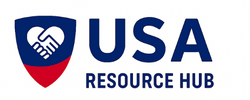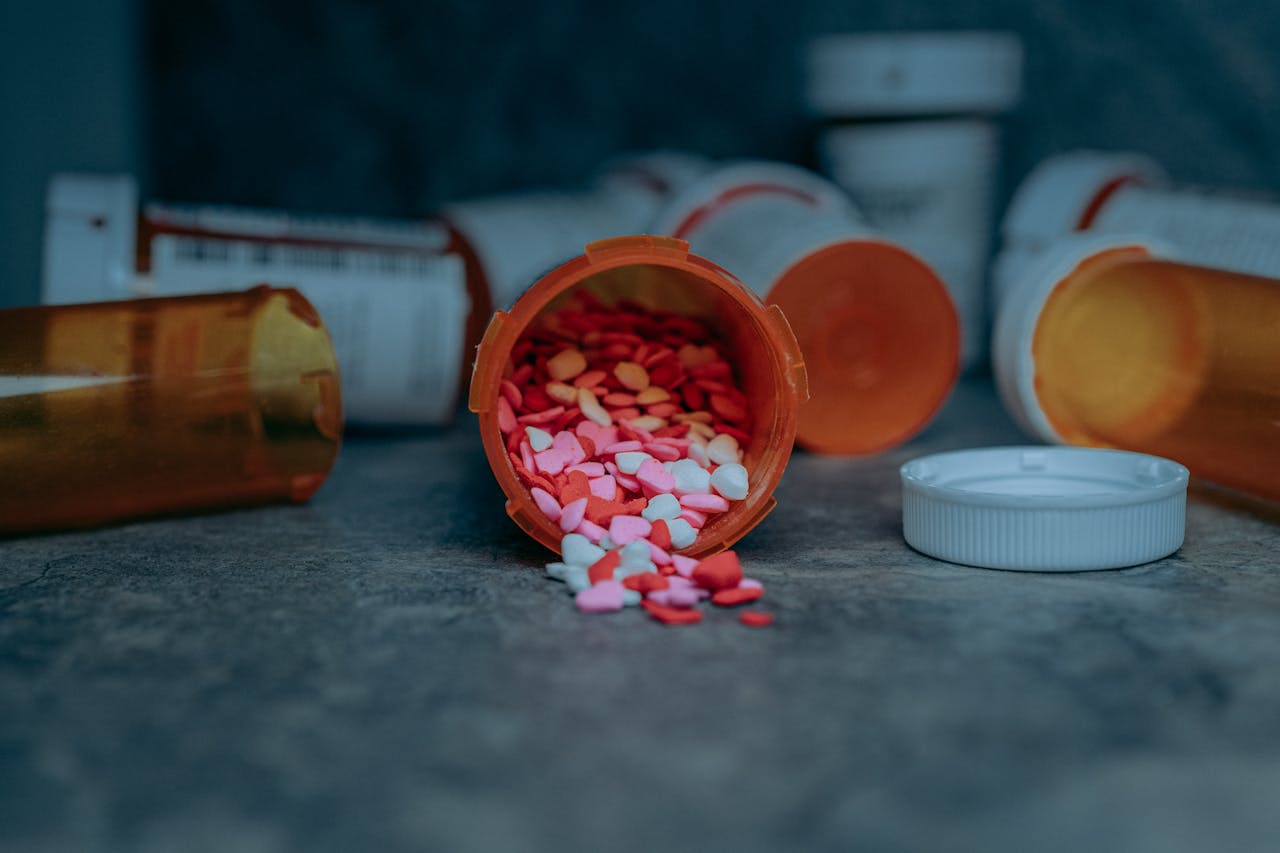Prescription medications can be life-saving, but for many people, they are also financially out of reach. Whether you are uninsured, underinsured, or facing a temporary hardship, there are programs and strategies that can help you access the medications you need without breaking your budget. From patient assistance programs to pharmacy discounts, here is a clear guide to finding free or low-cost prescription options in your area.
Step 1: Talk to Your Doctor or Pharmacist
Before exploring outside programs, start by speaking with your healthcare provider. Let them know you are having trouble affording your medication. They may be able to:
- Prescribe a lower-cost generic alternative
- Adjust your dosage to reduce cost
- Recommend a different medication covered by your insurance
- Refer you to assistance programs or discount pharmacies
Pharmacists can also help identify cost-saving options and may know of local programs that offer support.
Step 2: Apply for Patient Assistance Programs (PAPs)
Many pharmaceutical companies offer Patient Assistance Programs that provide free or discounted medications to eligible individuals. These programs are typically designed for people who:
- Have low income
- Are uninsured or underinsured
- Are U.S. citizens or legal residents
- Need a specific brand-name medication
Each drug company has its own rules and application process. Some require your doctor to submit the application on your behalf. You may need to provide proof of income, residency, and medical need.
Helpful websites for finding PAPs include:
- NeedyMeds.org
- RxAssist.org
- PatientAssistance.com
- RxHope.com
These platforms allow you to search by medication name and connect with the appropriate program.
Step 3: Use Prescription Discount Cards and Coupons
Discount cards and coupons can significantly reduce the cost of medications, especially for those paying out of pocket. These tools are free to use and available to anyone, regardless of insurance status.
Popular options include:
- GoodRx
- SingleCare
- WellRx
- ScriptSave
You can print coupons from their websites or show them on your phone at the pharmacy. These discounts often apply to generic medications and can sometimes be cheaper than using insurance.
Step 4: Explore State and Federal Programs
If you qualify for Medicaid, your prescriptions may be covered with little or no copay. Each state has its own Medicaid formulary, so coverage varies. Contact your state Medicaid office to learn more.
For seniors and people with disabilities, Medicare Part D offers prescription drug coverage. If you are enrolled in Medicare and have limited income, you may also qualify for the Extra Help program, which reduces premiums, deductibles, and copays.
Some states also offer drug discount programs or emergency prescription assistance for residents who do not qualify for Medicaid or Medicare.
Step 5: Check with Local Nonprofits and Clinics
Community health centers and free clinics often provide prescription support or partner with local pharmacies to offer discounted medications. These facilities may also help you apply for PAPs or connect you with charitable foundations that cover specific conditions.
Faith-based organizations, senior centers, and disease-specific nonprofits (such as cancer or diabetes foundations) may also offer medication assistance or grants.
Step 6: Ask About Pharmacy-Specific Programs
Some pharmacies offer their own discount programs or free medication lists. For example:
- Price Chopper offers free diabetes medications and supplies through its Diabetes AdvantEdge Program
- Good Neighbor Pharmacy provides a free 30-day supply of vitamins through its Free Vitamin Program
- Albertsons and CVS have prescription savings programs for select generic medications
Ask your local pharmacy if they participate in any savings programs and how to enroll.
Accessing affordable prescription medications is possible, even if you are facing financial hardship. The key is knowing where to look and asking the right questions. Start by speaking with your doctor, then explore patient assistance programs, discount cards, and local resources. With a little research and persistence, you can find the support you need to stay healthy without sacrificing your financial stability.


Leave a Reply